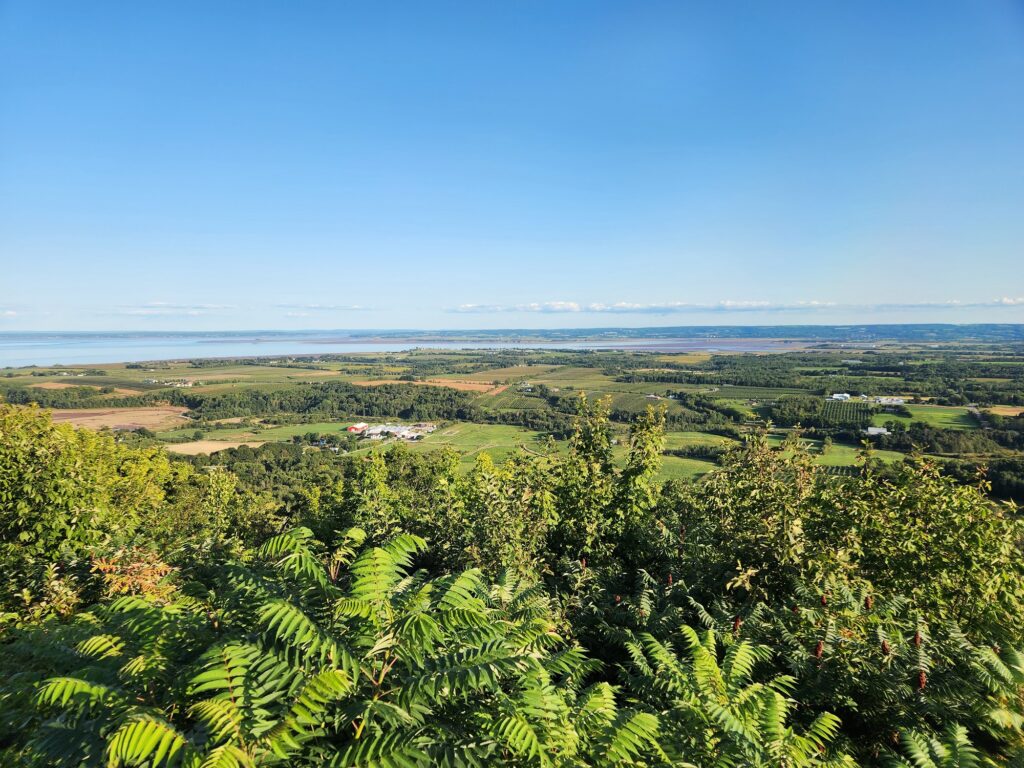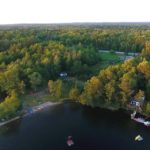Nova Scotia may be Canada’s second smallest province but a lot of people misunderstand how diverse Nova Scotia’s regional differences really are. The famous ‘East Coast Lifestyle’ is not a uniform culture from one side of our little province to the other. Here are a few of the most notable regional differences in some popular areas I serve.
Halifax
I can’t count how many clients have asked me, “What city should I move to?” My answer is always the same–there’s only one! Halifax is Nova Scotia’s only city. There are plenty of towns and communities, but Halifax is the only city. It’s home to a beautiful and bustling waterfront, excellent restaurants and nightlife, and many head offices and government offices. If you want the excitement of a city with lots happening every night of the week, Halifax should be your destination.
Annapolis Valley
The Annapolis Valley is known for its fertile farmland, scenic landscapes, and long growing season, so it’s very popular with farmers and gardeners. The Valley tends to have an interesting mix of wealth (mainly around Wolfville and Annapolis Royal), university youth (Wolfville again), and more average areas.
Each community really has its own feel. To help people understand the differences, my wife and I have developed MovetotheAnnapolisValley.ca, a website devoted to helping potential residents learn what it’s like living in the various communities in the Valley.

South Shore
Nova Scotia’s South Shore is known for its picturesque landscapes, charming fishing villages, historic lighthouses, and stunning beaches. While there are some small agricultural operations and plenty of Christmas tree farms, the soil and weather conditions aren’t as conducive to growing, which might be important to you if you’re dreaming of a large garden.
The South Shore has a strong history of seafaring and fishing heritage, and you’ll find those influences in the people who reside there. There can be some resistance to newcomers on the South Shore, though many people are trying to improve the welcoming nature of the community. If easy access to spectacular public beaches is important to you, you can’t go wrong on the South Shore.
The French Shore
The French Shore is deeply rooted in Acadian history and culture. Acadians are the descendants of French colonists who settled in the region in the 17th century. The French Shore is dotted with picturesque fishing villages that exude a quaint and authentic maritime charm but might feel very remote and cut off from civilization if you’re used to more populated areas.
Though Nova Scotia’s French-speaking population is dispersed throughout the province and 10% of Nova Scotians speak French, most of them live in a concentrated area. Acadians make up the majority of the population in the municipalities of Clare and Argyle on the French shore.
While you can certainly get by living on the French Shore without speaking French fluently, it’s difficult. Most of the people you’ll meet will prefer to converse in French, while chatting at the grocery store, attending a community supper, in your workplace, etc. If this isn’t a fit for your family, you may feel quite isolated by the language barrier.

Eastern Shore
The Eastern Shore is culturally most similar to the South Shore, with some notable differences. There are fewer wealthy enclaves of retirees and less tourism. Without towns like Chester, Lunenburg, or Mahone Bay to draw in tourists or wealthy retirees from the city or other provinces, there are fewer amenities such as restaurants, theatres, and shops. There are a large number of bedroom communities, where residents commute into the city to work, play, and shop, and head home to sleep and relax. There are some beautiful walking trails and beaches on the Eastern Shore.
Are you interested in looking at properties in one of these areas? Give me a call at (902) 349-1022 and let’s chat.




